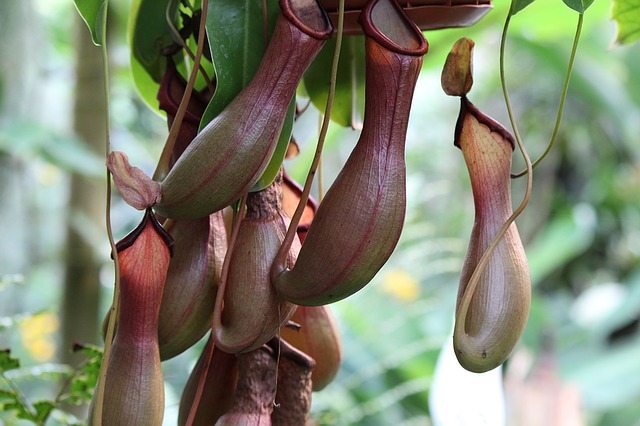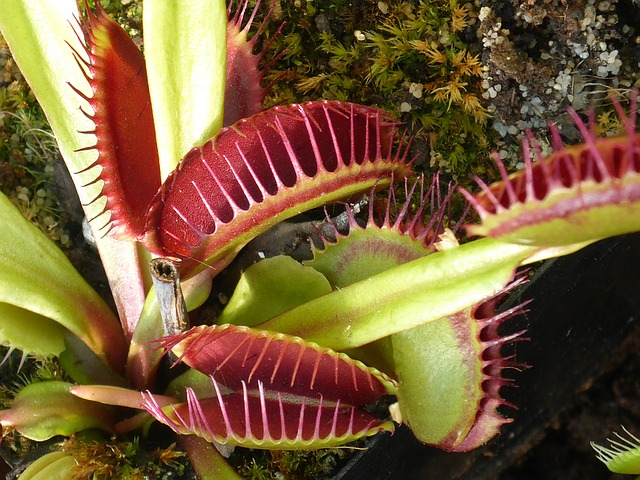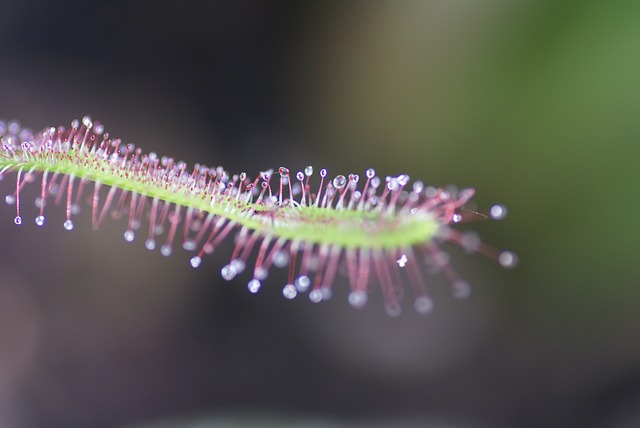Do your windows look empty and you wonder what plants to use to brighten it up? Break the stereotypes of ficus, cacti, potato plants, and cut flowers! Insectivorous plants look very attractive and protect your home from pesky insects !
Choose your species
You can choose from a trio of insectivorous plants that form the basic and most widely cultivated trio: sandwolves,damselflies andtoads. There are, of course, countless other species to choose from, but if you are a beginner and don\’t yet have much experience growing insectivorous plants, stick to these basics. Which species you choose is up to you. The sundew shines beautifully in the sun, the snapdragon looks like a regular houseplant, or the toadstool with its imposing folded traps. There are also many color variations from species to species, including red traps and green leaves, all-green plants, all-red plants, and purple varieties.
Conditions
Provide adequatelight conditionsfor plants – predators suffer in the dark. If you have a balcony or garden, do not hesitate to expose predators to sunlight. Since they are tropical plants, they need to be constantly immersed in water. Carnivores are very sensitive to water quality and hard water is not good for their growth. They prefer rainwater or at least stagnant water the most. Occasional direct fertilizer feeding
to carnivores will not go amiss. Be aware that poor soil will kill them.
Plant Quality
You may see huge, beautifully colored, bloated insectivorous plants in chain stores, but when you get home they mysteriously begin to wilt for no reason within weeks or months and are eventually lost. This is because the hobby market over-fertilizes the carnivorous plants before offering them for sale. Most of these specialists send their orders by mailso the carnivores arrive safely to your doorstep.